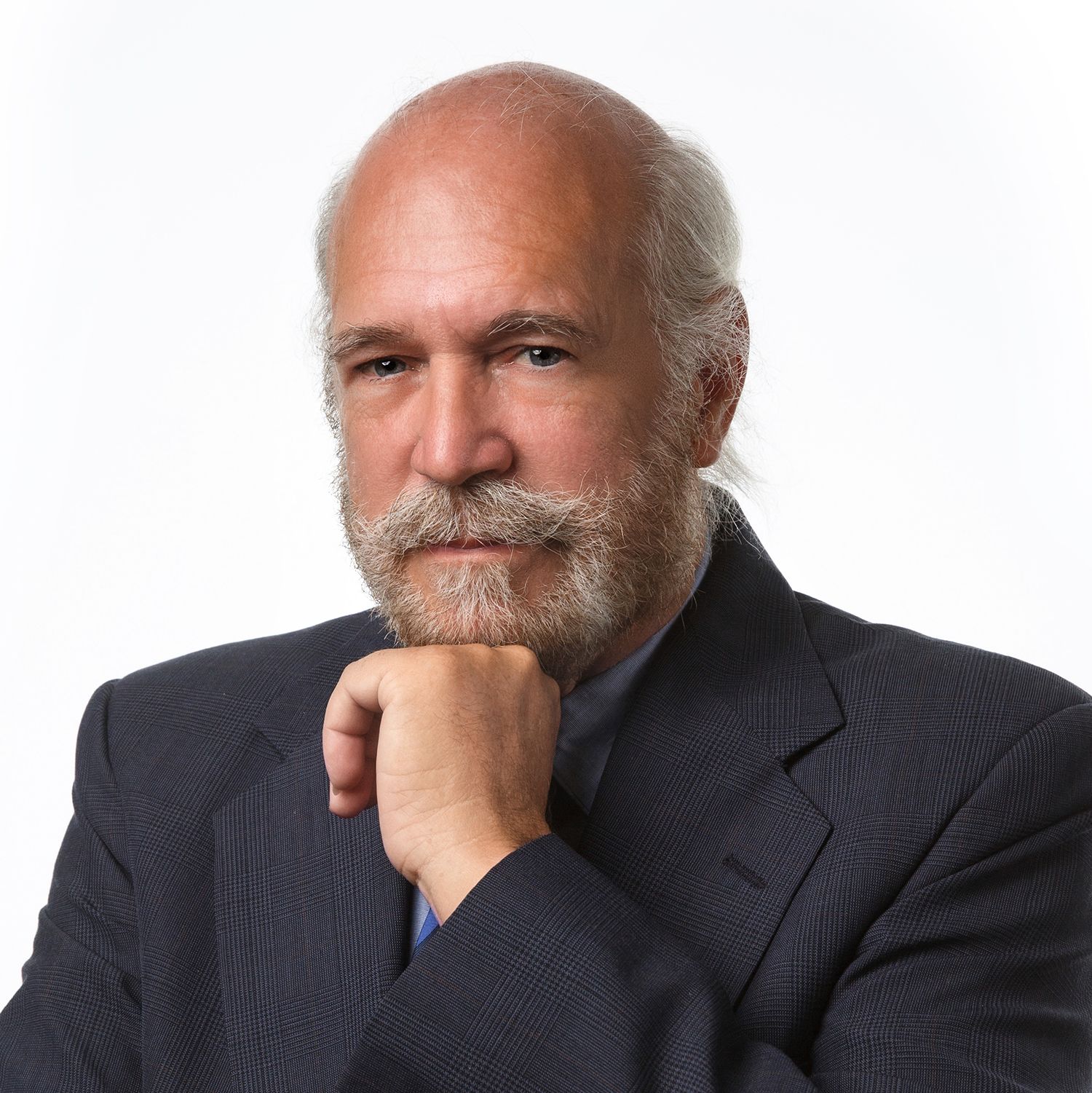UN Speech Invitation
Invitation to 80th United Nations General Assembly

I was honored with being invited to speak at the Banquet Hall at the 80th United Nations General Assembly, September 23rd. Since I was unable to attend the event, due to financial restraints, and had prepared the short five minute speech, here is the script:
"Thank you. I’m humbled by the honor of being invited to speak here today. To respect your time, I’ll quickly explain the value of why I was invited. I’m one of the leading experts on the future of transportation.
As a brief background, my expertise in sustainable urban growth and new technology transit system technology led me to become a best-selling author. I’m also the Director at the Center of Advanced Transportation Technology and Climate Choice. Its website (www.cattcc.org) has posted 200 of my articles about sustainable urban growth, advanced transit, and theoretical physics treatises pursuing transportation’s future technology.
My speech is about sustainable transportation and sustainable urban growth. I’ll raise some questions; the time constrains mean that you can talk to me afterwards for the answers.
What do we see in today’s transportation? Every mode of transportation, is from the past. Applying prudence; we know that changes to the future, require actions that alter things we do today. I’m going to say that again. Changes to the future, require actions that alter things we do today.
This leads to a question: What’s the primary source of transportation for Western Society? Automobiles. They’ve been around 125 years. Are they sustainable? No, and the intent of their fundamental design wasn’t meant to be. Are they sustainable today? Nothing has changed.
The General Assembly today is focused on sustainability. What is one of the most vital aspects to sustainability? Urban growth. Here’s a very interesting fact: all urban growth is based on its primary source of transportation.
We have to ask another question. What is sustainability? In 1983, the UN began a search to answer that question. In 1987, they released their answer with the Report of the World Commission on Environment and Development, titled: “Our Common Future”. This is often referred to as ‘The Brundtland Report’.
The report was driven by the need to decrease unsustainable land-use growth. Its three main focal points to attain sustainability are: environmental, economic, and social impacts.
The book I wrote (Rising from Unsustainable) goes into detail about Western Society’s reliance on cars and the impossibility of automobiles being sustainable. Also, here’s a quick lesson about land-use: there are four fundamental types of land-use: nature, agriculture, transit oriented, and automobile centric land-use design. And again, an imperative fact to remember is that all urban growth is based on its primary source of transportation.
Tying this all together, I have to get a bit personal. I live in Central California where the State has been working towards building a high-speed rail. After many years of political procedure, the federal government audited the project and has cut its funding.
With California’s dependence on federal funds to continue the project, what happens to $15billion of this infrastructure expense?
As a future transportation authority, the heavy rail approach is outdated. It’s absolutely unnecessary and it’s unsustainable.
Again, our topic at this UN assembly is sustainability. The best sustainable transportation solutions are to stop using antiquated and massively expensive technologies designed for society 100 to 200 years ago. Sustainable transportation technology has to begin now. It’s 2025! We have to begin using a modern approach to transportation!
Modern transit technology uses smaller, less expensive, and more versatile infrastructure to support light weight vehicles. These new technology systems are massively more efficient with energy consumption and much lower cost expenditures. The advances in computer technology allow direct to destination capability, some systems are extremely fast. Where are these transportation concepts being implemented? You can think about it but, there’s no answer? Why?
Sustainability demands the necessity of fast, convenient, inexpensive, sleek, safe, and reliable transportation.
There are several options for new transit technology systems. Our modern society demands viable transportation solutions.
Thank you again for your time.
I’m a consultant for sustainability and the future of transportation, JP Sweeney"



